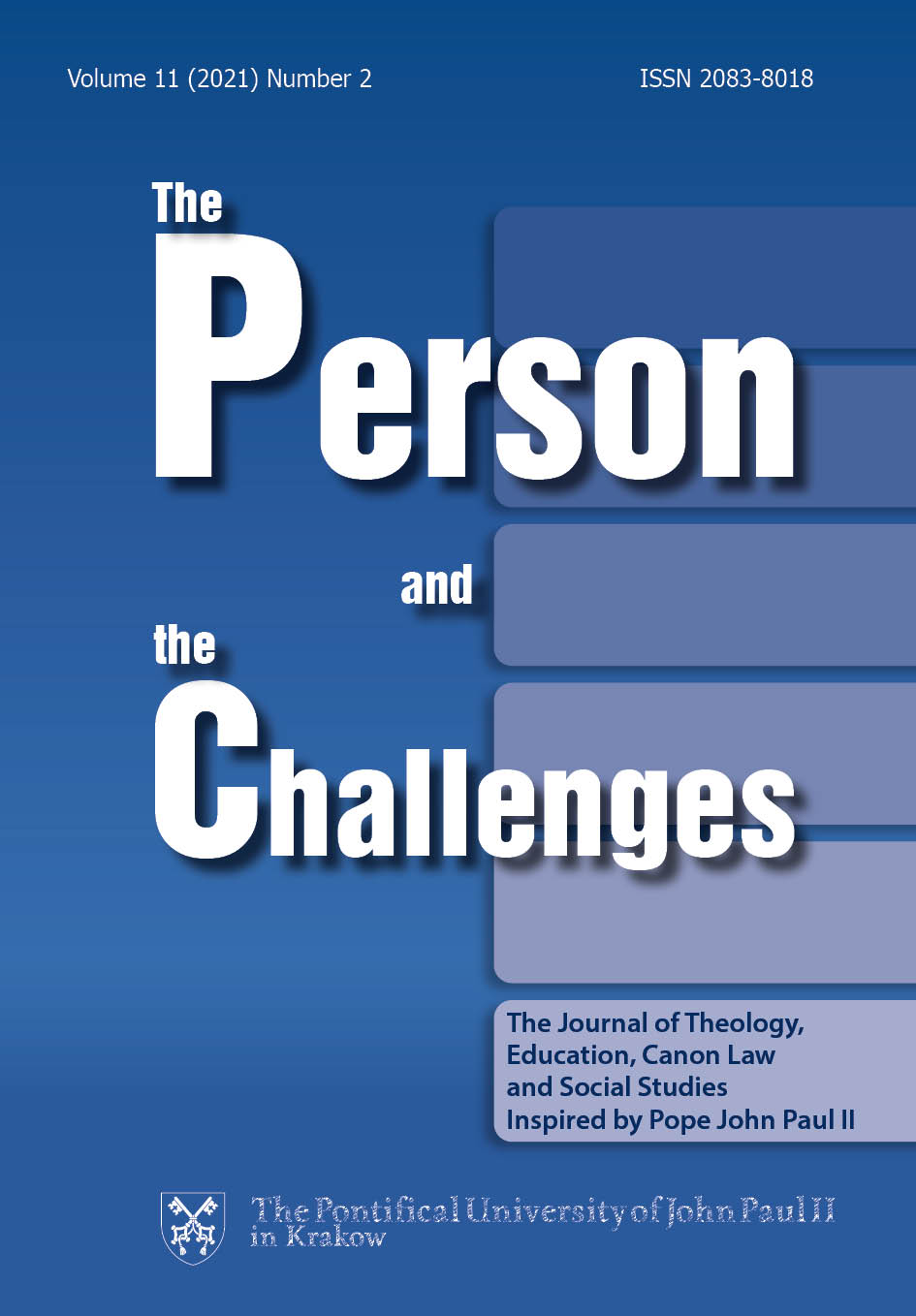Open-Access Academic Articles Requires Peer-Review Makeover: Consistency Is the Key
DOI:
https://doi.org/10.15633/pch.4080Słowa kluczowe:
Open Access model, traditional peer-review process, academic journals, open access peer review, academic manuscript publishing, history of Open AccessAbstrakt
The internet has greatly altered the way that people and institutions communicate. One of the most recent changes is the growth of the Open Access (OA) model, where research articles are provided free of charge to readers online. Such changes are having a domino effect on traditional communication. In most cases, articles in professional journals have been evaluated by a strict peer-review system. However, due to the inherent problems with these peer reviews, such as the length of time it takes referees to complete their analysis and the reviewer’s personal biases and potential unethical behavior, there is a growing consensus that a different review method needs to be developed for OA articles. In addition, the internet has led to the development of many new professional journals, which range from poor to excellent, based on the articles accepted. Unfortunately, some journals are being published solely for monetary gain from high author fees.
Presently, different review methods are being suggested or implemented for articles, such as ranking systems, online commentaries and crowdsourcing, Also, various institutions are publishing lists that rate academic journals on their quality level. Such experimentation of review models is important. However, after the trial period, the primary OA sources need to agree on using the same review model. Consistency of evaluation is critical for readers to be able to make objective comparisons of scholastic articles from one OA site to another.
Bibliografia
https://www.academia.edu (25.02.2021).
Amsen E., What is Post-publication Peer Review? F1000 Research, 8.07.2014, http://blog.f1000research.com/2014/07/08/what-is-post-publication-peer-review/#sthash.3KXXIpWb.dpuf (25.02.2021).
Beall’s List of Potential Predatory Journals and Publishers, https://beallslist.net (25.02.2021).
Bornmann L., Scientific Peer Review, “Annual Review of Information Science and Technology” (2011), Vol. 49 (1), pp. 199–245, DOI: https://doi.org/10.1002/aris.2011.1440450112.
Butler D., Investigating Journals: The Dark Side of Publishing, “Nature. International weekly journal of science” (2013), Vol. 495, http://www.nature.com/news/investigating-journals-the-dark-side-of-publishing-1.12666 (25.02.2021).
Cold Spring Harbor Laboratory, Guide to Open Access, http://cshl.libguides.com/open_access (25.02.2021).
Global Research Council, http://www.globalresearchcouncil.org/ (25.02.2021).
Global Summit on Merit Review, http://www.nsf.gov/news/news_summ.jsp?cntn_id=124178 (25.02.2021).
Kelly J., Green, Gold and Diamond: A Short Primer on Open Access, 27.01.2013, http://www.jasonmkelly.com/2013/01/27/green-gold-and-diamond-a-short-primer-on-open-access/ (25.02.2021).
Lee C. J., Sugimoto C.R., Zhang G. and Cronin B., Bias in Peer Review, “Journal of the American Society for Information Science and Technology” (2013), Vol. 64(1). pp. 2–17, DOI: https://doi.org/10.1002/asi.22784.
McCormack N., Peer Review and Legal Publishing: What Law Librarians Need to Know about Open, Single-Blind, and Double-Blind Reviewing, “Law Library Journal” (2009), Vol. 101:1, pp. 59–70.
Marlow J., Incentivizing Peer Review: The Last Obstacle for Open Access Science, “Wired”, 7.11.2014, https://www.wired.com/2014/07/incentivizing-peer-review-the-last-obstacle-for-open-access-science/ (25.02.2021).
Mulligan A., Ackerman R., Granier B., Tamber P.S. and Pöschl U., Quality, Certification and Peer Review, “Information Services & Use” (2008), No. 28(3–4), pp. 197–214.
Poschl U., Multi-stage Open Peer Review Scientific Evaluation Integrating the Strengths of Traditional Peer Review with the Virtues of Transparency and Self-regulation, “Frontiers in computational neuroscience” (2012), No. 6,33, DOI: https://doi.org/10.3389/fncom.2012.00033.
Shapira P. and Kuhlmann S., Learning from Science and Technology Policy Evaluation. Experiences from the United States and Europe, Gloucestershire, England 2003.
Shotton D., The Five Stars of Online Journal Articles – a Framework for Article Evaluation, “D-Lib Magazine”, (2012), No. 18(1/2), DOI: https://doi.org/10.1045/january2012-shotton.
SPARC, Federal Research Public Access Act, https://sparcopen.org/our-work/frpaa/ (25.02.2021).
SPARC, Fair Access to Science and Technology Research Act, https://sparcopen.org/our-work/fastr/ (25.02.2021).
SPARC, Transitioning your journal from subscription to open access, https://sparcopen.org/our-work/transitioning-your-journal/ (25.02.2021).
Swoger B., Post Publication Peer-review: Everything Changes, and Everything Stays the Same, “Scientific American”, 26.03.2014, https://blogs.scientificamerican.com/information-culture/post-publication-peer-review-everything-changes-and-everything-stays-the-same/ (25.02.2021).
Ware M., Peer Review: Recent Experience and Future Directions, “New Review of Information Networking” (2011), No. 16(1), pp. 23–53, DOI: https://doi.org/10.1080/13614576.2011.566812.
Ziman J., Real Science, What It Is, and What It Means, Cambridge 2011.
Zuabi N. and Langdorf M., Open Access Journals: the Good, the Bad and the Ugly, “AAEM Newsletter” (2014), No. 15, pp. 34–43.
Pobrania
Opublikowane
Numer
Dział
Licencja
Autorzy publikujący w czasopiśmie udzielają jego wydawcy zgody o następującej treści:
- Autor zachowuje autorskie prawa majątkowe do utworu, a jednocześnie udziela wydawcy czasopisma zgody na jego pierwszą publikację w wersji drukowanej i wersji online na licencji Creative Commons Uznanie autorstwa 4.0 Międzynarodowe oraz zgody na wykonywanie opracowań, w tym przekładów.
- Autor ma możliwość udzielania zgody niewyłącznej na opublikowanie utworu w wersji, która ukazała się w czasopiśmie (np. zamieszczenia go w repozytorium instytucjonalnym lub opublikowania w książce), wraz z informacją o jego pierwszej publikacji w czasopiśmie.
- Autor może umieścić swój utwór online (np. w repozytorium instytucjonalnym lub na swojej stronie internetowej) jeszcze przed zgłoszeniem utworu do czasopisma.

